
I have visited the State Hermitage Museum in St. Petersburg 25 times. Inside the Winter Palace, on St. Petersburg’s Neva Embankment, it is clearly one of the four greatest museums in the world, in fact, perhaps the greatest. The Louvre, the most visited museum in the world, like the Hermitage, is in a former palace, but most of the vestiges are gone, while the Hermitage remains glorious.The British Museum has the most diverse and historically significant holdings in the world, but only a very small number of paintings; you have to visit the National Gallery if you want to see a world-class collection in London. And our own Met, with its enormous range, lacks the palatial surroundings and works by such artists as Da Vinci and Michelangelo.
Although Amsterdam’s Rijksmuseum has the world’s most extensive collection of Dutch Masters, the Hermitage has the largest collection of Rembrandts in the world, with roughly 35, while the Rijksmuseum only boasts 22! The Prado’s collections of Murillo, Velasquez and Goya are incomparable, but it lacks the vast array of antiquities, silver, porcelains, and so many other genres held by the Hermitage–and, for instance, only one Rembrandt. For Chinese art, the National Palace Museum in Taipei is unrivaled; but, like so many other such museums, its collections are limited to its own culture. The Hermitage is truly an incomparable repository of world culture and art, including Spanish and Chinese art, all set inside some of the most magnificent palaces open to the public anywhere.
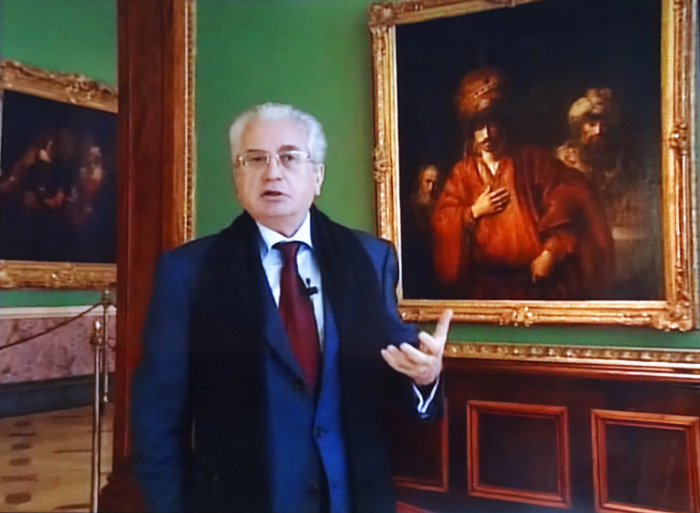
The Hermitage houses more than three million works, a small portion of which are displayed at any one time in more than 350 exhibition halls. Visitors will find monuments from Ancient Egypt and of the civilizations of Central Asia, Persia, and the Russian steppes; the world’s greatest collection of Scythian gold; important collections of Byzantine art; and an enormous assemblage of Impressionist and Post-Impressionist paintings, as well as an incomparable array of old masters, including both Da Vinci and Michelangelo! (One can only guess at how the Hermitage’s curators were able to recreate so faithfully the Vatican’s Loggia long before the invention of photography.) However, despite its importance as a center of culture and a source of knowledge, the collections of the Hermitage are, sadly, not nearly as well known as those of most other important museums around the world. This is perhaps the effect of the museum’s geographic isolation, compounded by the political insulation of the Soviet era and the foreboding reputation still retained by Russia in the post-Cold-War era, plus the complexities and costs of making a visit.
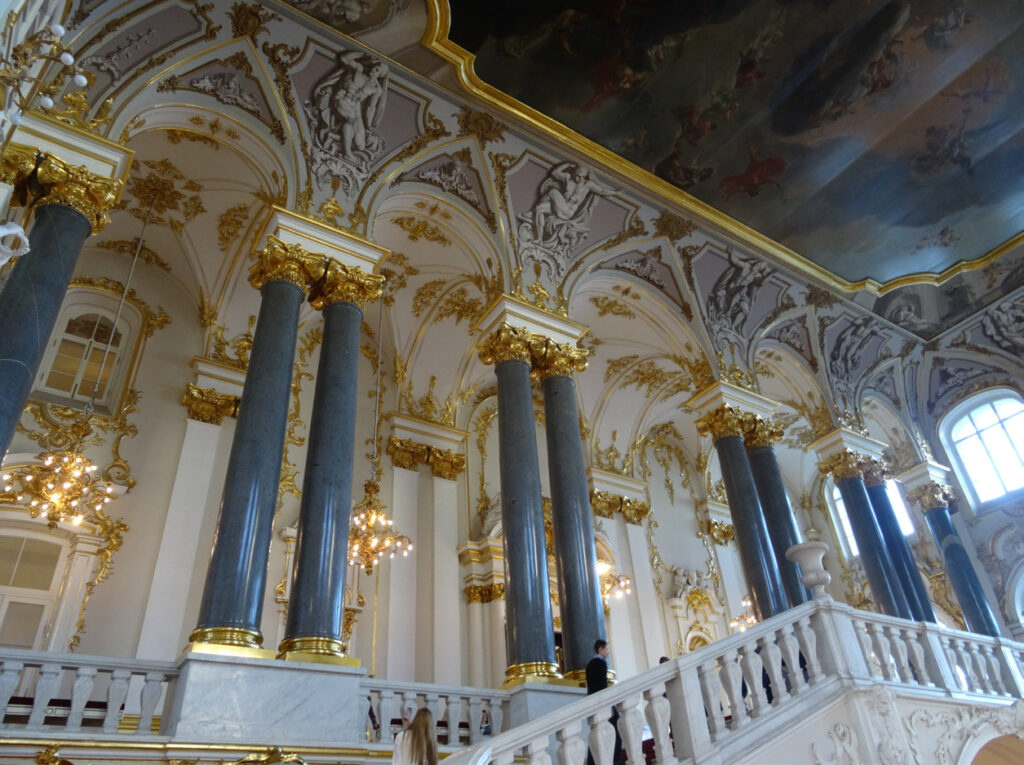
The Hermitage, founded in 1764 by Catherine the Great, the German princess turned Russian Empress, first opened as a public museum in 1852. Strangely, its first public exhibition did not occur until 1917, the year of the October Revolution. In the ensuing two decades the museum staged no more than one or two public exhibitions a year. In 1937 there were six shows, and between 1937 and 1940 there were 20. During the Second World War exhibitions were reduced; it was not until 1954 that there were more than two or three in a single year, but by 1971 the museum was mounting as many as 20 a year.
The nature of exhibits at the Hermitage changed significantly after the fall of the Soviet Union, which essentially began the day, in August 1991, when Gorbachev was arrested (which led me, my wife and our two daughters to register at the American Embassy in Moscow, passing 56 tanks on the way). Until then, paintings of the Czars were not much in favor, but a few years later I stood amidst many such portraits, some of which had been painted in the very same grand ballroom in where I was standing! It was in Palace Square, now virtually encircled by the Hermitage, with its new (old) buildings, that the name was changed back to St. Petersburg from Leningrad. I didn’t understand a word being said by its mayor, Anatoly Sobchak, but it was thrilling to be there, flags flying, balloons and people dropping from hovering airplanes.
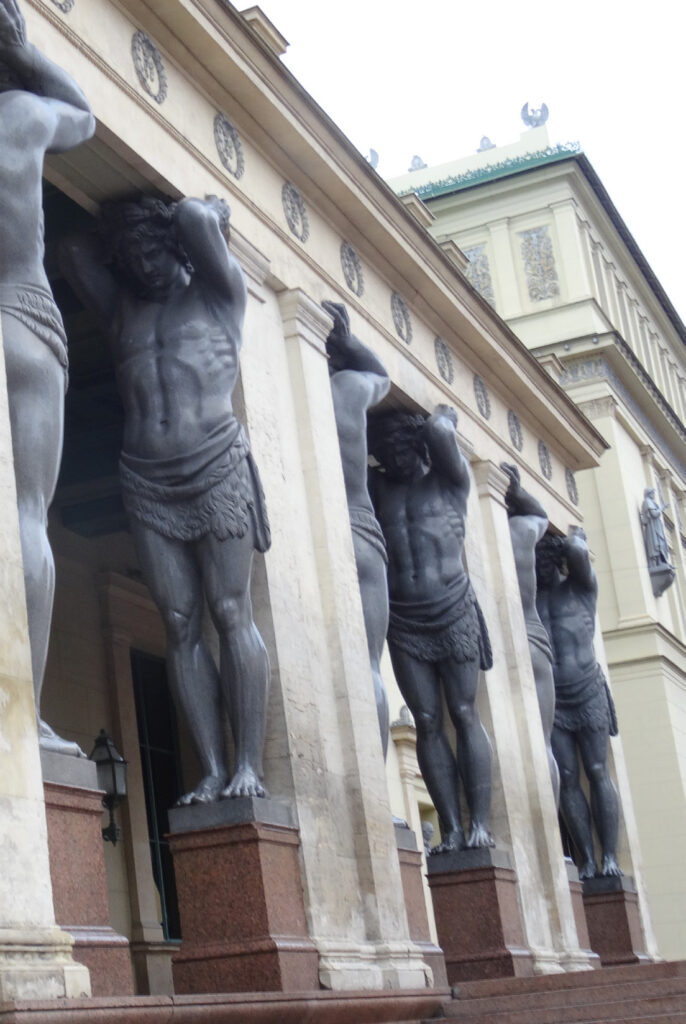
EXHIBITION CATALOGS
Starting in 1917, a printed catalog was produced for each exhibition of the Hermitage. Although some were quite modest, consisting of as few as three pages and rarely exceeding 100, one catalog had 600 pages. The catalogs were generally printed with few or no illustrations. Most texts were exclusively in Russian, though several were bilingual, and a few, for foreign exhibitions, were in foreign languages.
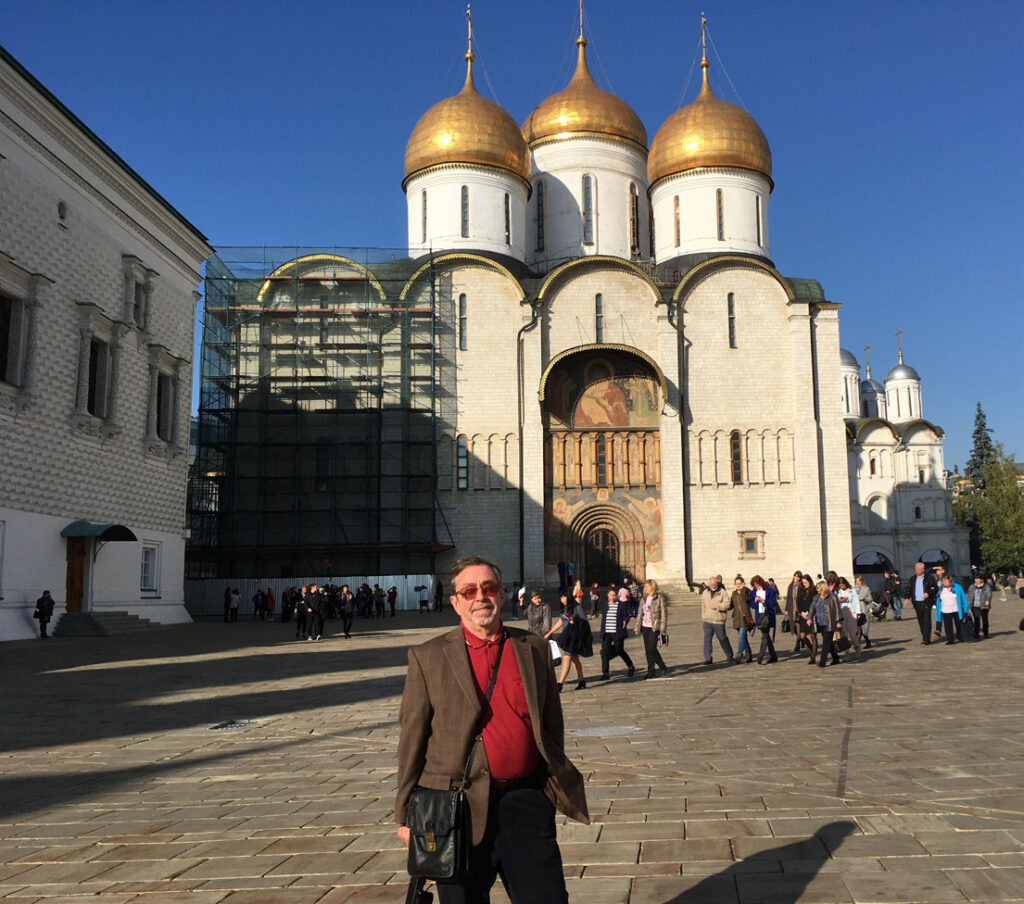
During most of the Cold War era, Soviet book exporters were limited to those materials bearing a price, which was required to be printed on the back cover of every book. Since many of the Hermitage’s exhibition catalogs were distributed free, they were never made available to the commercial book trade, and it was effectively illegal to export them. Moreover, print runs were small and publicity for shows was limited. Thus, those who mounted each show and those who viewed it, were the only ones likely to obtain a copy of the catalog, and it seems a certainty that virtually no library outside of Russia holds even a substantial collection. It is for this reason that, about 20 years ago, I microfilmed all of the catalogs, from the first in 1917 until 1972, when the USSR joined the International Copyright Union. Copies are now available at the New York Public Library and other research libraries. G&S

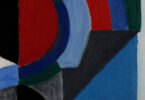
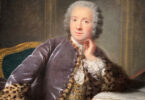
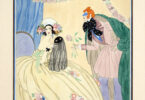
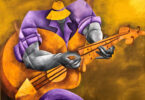
Leave a Comment